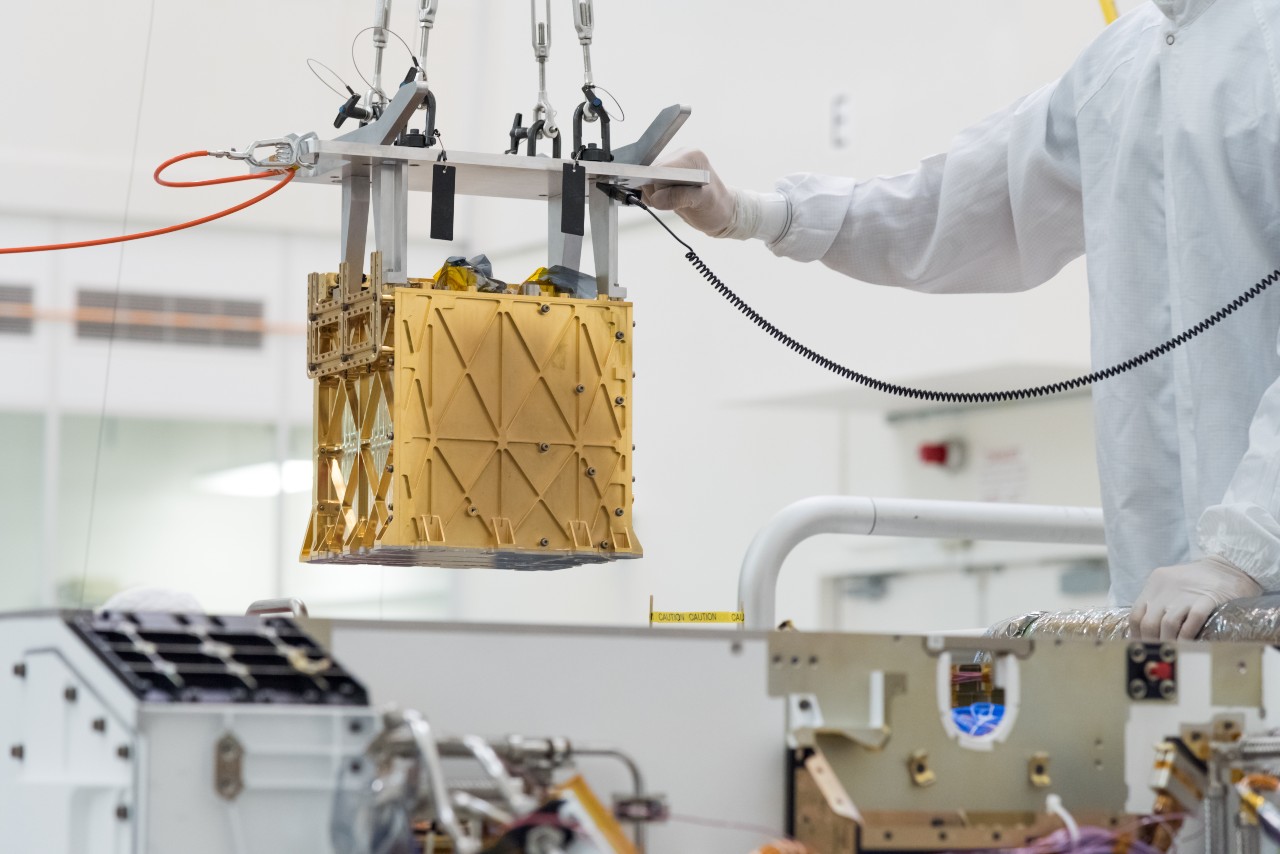In April, thanks to an MIT-designed instrument, NASA’s Mars rover Perseverance achieved a remarkable milestone: it generated the first breathable oxygen on another planet.
The Martian atmosphere is about 95% carbon dioxide, but MOXIE (Mars Oxygen In-situ Resource Utilization Experiment), a small box-shaped device on board, converted it to oxygen through a technique called solid oxide electrolysis.

First the Martian carbon dioxide was compressed and filtered to remove any contaminants. It was then heated and separated into oxygen and carbon monoxide. The oxygen was isolated in a separate chamber, where the ions merged into oxygen gas, and the carbon monoxide was released back into the atmosphere. The test produced 5.4 grams of oxygen in an hour, and preliminary results suggested that it was nearly 100% pure.
“The first run of MOXIE is a step in the right direction to bring us closer to the possibility of human missions to Mars,” says Jeffrey Hoffman, a professor of the practice in the Department of Aeronautics and Astronautics, the project’s deputy principal investigator. Oxygen will be crucial not just for breathing but as a component of rocket fuel: according to principal investigator Michael Hecht, SM ’78, of the MIT Haystack Observatory, launching four astronauts off the Martian surface would probably require 25 metric tons of it.
